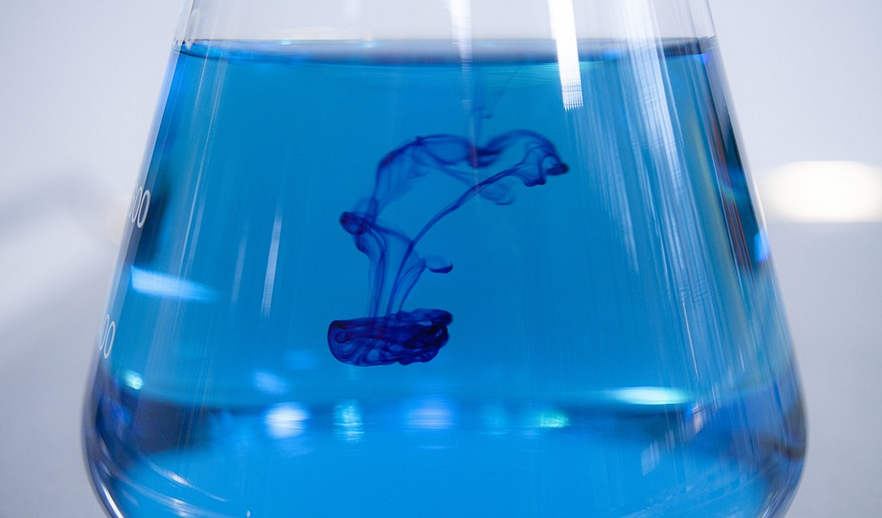Introduction
Safety matches are widely used in households, offices, and other places for lighting fires. They are called safety matches because they can only be ignited by striking them against a specially prepared surface, and not by accidental friction or heat. In this article, we will explore the chemistry behind safety matches and how they work.
The Chemical Components of Safety Matches
Safety matches are made up of three main chemical components: the match head, the matchstick, and the striking surface. The match head contains the chemicals that ignite when the match is struck, while the matchstick provides the fuel. The striking surface contains a substance that reacts with the chemicals in the match head to produce the heat needed to ignite the match.
The Match Head
The match head contains a mixture of chemicals that ignite when exposed to heat. The main components of the match head are potassium chlorate, sulfur, and a small amount of powdered glass. The potassium chlorate acts as the oxidizing agent, while the sulfur provides the fuel. The powdered glass is added to help regulate the burning rate of the match head.
The Matchstick
The matchstick is made from wood, usually Aspen, which has been coated with a mixture of paraffin wax and powdered glass. The paraffin wax provides fuel for the match and also helps to regulate the burning rate. The powdered glass is added to increase the surface area of the matchstick, allowing it to burn more easily.
The Striking Surface
The striking surface is made from a mixture of red phosphorus, powdered glass, and binder. The red phosphorus reacts with the potassium chlorate in the match head to produce the heat needed to ignite the match. The powdered glass helps to regulate the burning rate, while the binder holds the mixture together.
How Safety Matches Work
When a safety match is struck against the striking surface, friction causes the red phosphorus in the striking surface to react with the potassium chlorate in the match head. This produces a small amount of heat, which ignites the sulfur in the match head. The burning sulfur then ignites the paraffin wax in the matchstick, which provides the fuel for the match to continue burning.
Safety Precautions
While safety matches are designed to be safe, they still need to be handled with care. Matches should be kept out of reach of children and stored in a cool, dry place to prevent accidental ignition. When using matches, they should be struck on the designated striking surface and not on any other surface, as this can cause accidental fires.
Conclusion
The chemistry behind safety matches is fascinating and complex. By understanding the chemical components of safety matches and how they work, we can appreciate the science behind this common household item. Remember to always handle matches with care and follow safety precautions to prevent accidental fires.

